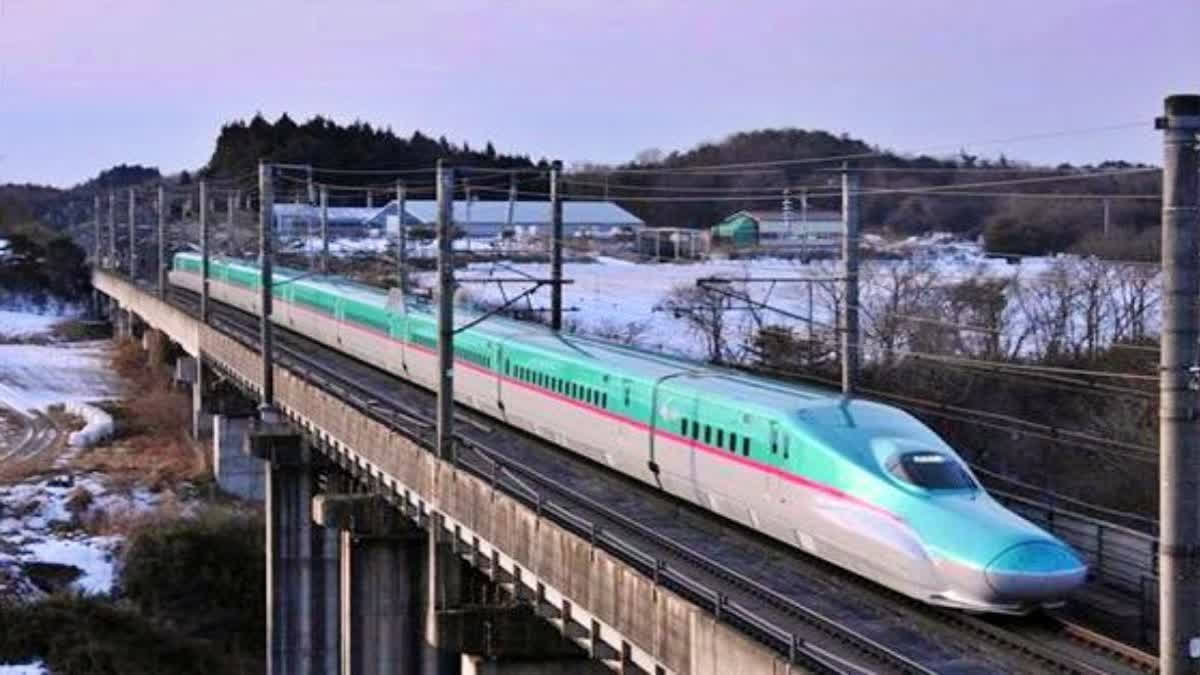New Delhi: In a bid to provide safe travelling to the passengers and avoid collision of rails, the Mumbai-Ahmedabad High-Speed Rail corridor will be fitted with the most advanced crash avoidance system, National High-Speed Rail Corporation Limited (NHSRC) officials said.
According to the NHSRC, Japanese Shinkansen technology is known for its impressive safety records in more than 55 years of operations. “The same technology will be used on the Mumbai-Ahmedabad high-speed rail corridor to avoid crashes through Digital Communication and Control (DS-ATC).
The system will be fitted with the most advanced crash avoidance technology, automatic brake application in case of overspeeding,” NHSRC officials said.
As per the NHSRC officials, to achieve a safe and efficient high-speed rail network, the Mumbai-Ahmedabad Bullet train project is incorporating Japanese Shinkansen technology in two key ways: First- the train itself will be based on the E5 series Shinkansen, inheriting its high-speeds, aerodynamic noise reduction and advanced safety systems. Second- Japan is transferring expertise in building and maintaining the infrastructure, sharing successful Shinkansen construction methods and operational know-how.
“Special attention is being given to safety and the Shinkansen system, which has been in existence since 1969, is known for its safety across the world. The implementation of this system in India is creating a knowledge base about the system,” Ashwini Vaishnaw, Union Minister for Railways, said earlier this year.
It is targeted that the trial run of the first section of the High-Speed Rail corridor between Surat and Bilimora will begin in July/August of 2026. Subsequently, one after other sections will open, Vaishnaw said earlier.
As per NHSRC, high-speed trains will operate at a speed of 320 kilometres/hour covering a distance of 508 km and 12 stations. There will be 35 trains per day/in one direction, with a frequency of 20 minutes in peak hours and 30 minutes in non-peak hours.
Read more: High-Speed Rail Corridor To Be Fitted With Anemometer Devices



